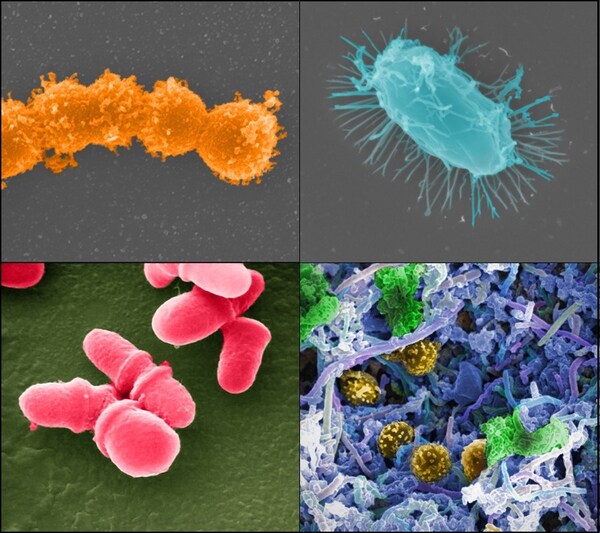 2024-10-20
2024-10-20
 Xi'an Jiaotong-Liverpool University
HaiPress
Xi'an Jiaotong-Liverpool University
HaiPress
New research shows microbes are evolving to resist cleaners used to eliminate them. It also identifies novel strains living in Hong Kong that were previously only found in Antarctic desert soil.
SUZHOU,China,Oct. 18,2024 --After the recent pandemic,our use of disinfectants has increased,but are our efforts to create sterile urban environments backfiring?
A new study published in the journalMicrobiomehas identified novel strains of microbes that have adapted to use the limited resources available in cities and shown that our everyday behaviour is changing the makeup of microorganisms in indoor environments.
"Built environments offer distinct conditions that set them apart from natural and engineered habitats," saysDr Xinzhao Tong,an assistant professor at Xi'an Jiaotong-Liverpool University (XJTLU),and lead author of the study.

The Human Microbiome Project,which was launched by NIH in 2007,provided the first glimpse of the microbial diversity of healthy humans and is exploring the possible relationships between particular human diseases and the microbiome. (Clockwise from top left): Streptococcus (Credit: Tom Schmidt); Microbial biofilm,of mixed species,from the human body (Credit: A. Earl,Broad Institute/MIT); Bacillus (Credit: Tom Schmidt); Malassezia lopophilis (Credit: J.H,CDC). Credit: Jonathan Bailey,NHGRI
"Areas with many buildings are low in the traditional nutrients and essential resources microbes need for survival,so these built environments have a unique microbiome.
"Our use of cleaning and other manufactured products creates a unique setting that puts selective pressures on microbes,which they must adapt to or be eliminated,but the mechanisms by which microbes adapt and survive in built environments are poorly understood," Dr Tong explains.
The researchers collected 738 samples from a variety of built environments,including subways,residences,public facilities,piers and human skin in Hong Kong. They then used shotgun metagenomic sequencing to analyse the microbes' genomic content and understand how they have adapted to the challenging urban conditions.
The team identified 363 microbial strains that have not been previously identified that live on our skin and the environment around us. Some of these strains' genomes contained genes for metabolising manufactured products found in cities and using them as carbon and energy sources. This includes the discovery of a strain of Candidatus phylum Eremiobacterota,previously only reported in Antarctic desert soil.
Dr Tong says: "The genome of this novel strain of Eremiobacterota enables it to metabolise ammonium ions found in cleaning products. The strain also has genes for alcohol and aldehyde dehydrogenases to break down residual alcohol found in common disinfectants.
"Microbes possessing enhanced capabilities to utilise limited resources and tolerate manufactured products,such as disinfectants and metals,out-compete non-resistant strains,enhancing their survival and even evolution within built environments. They could,therefore,pose health risks if they are pathogenic."